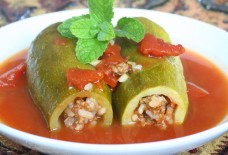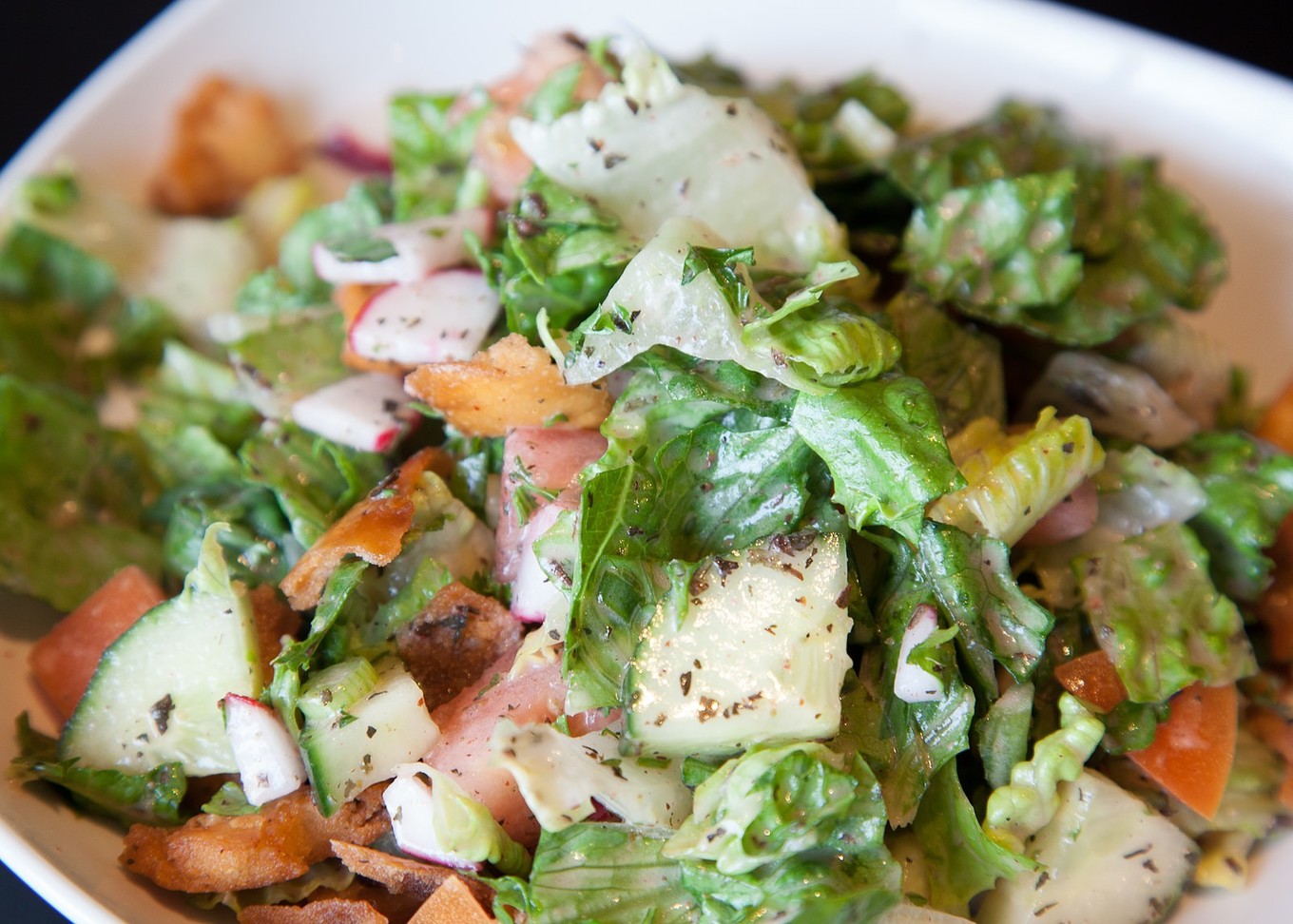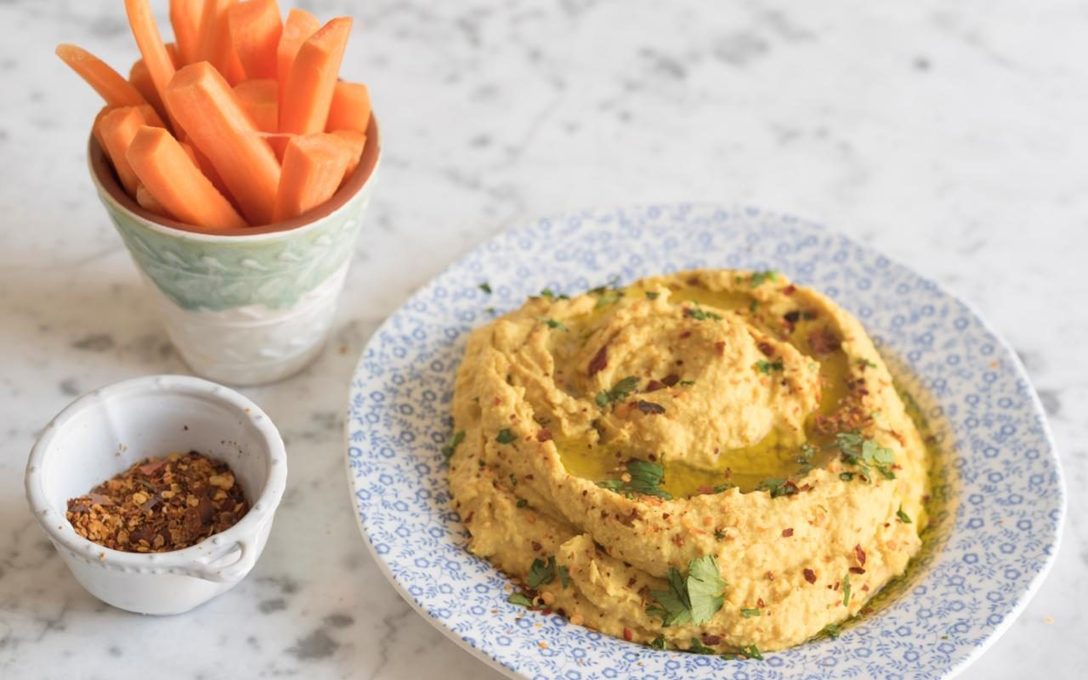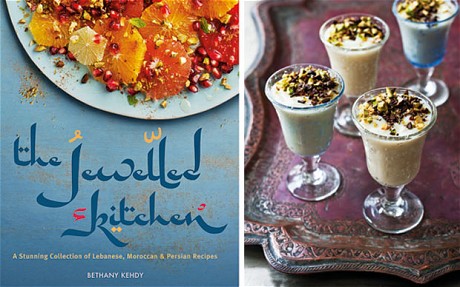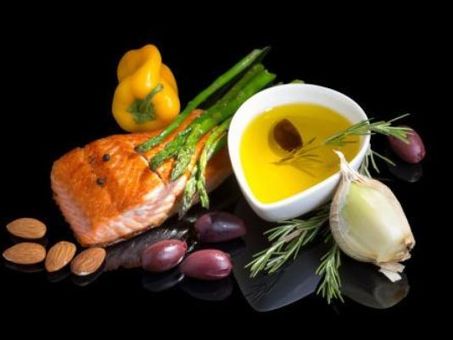How to Make Fattoush at Home
BY BROOKE VIGGIANO
HOUSTON PRESS
From classic comfort foods to regional standouts and desserts, we’ll be sharing a new recipe with you each week. Find other dishes of the week here.
This week, we’re sharing a Levantine classic: Fattoush.
Derived from the Arabic word fatt, meaning to “breaking” or “crumbling”—fattoush is a bread salad that is popular in the Levant region, found in modern states of Lebanon, Palestine, Jordan, Iraq and Syira. It is a variant of fatteh or fatta, a family of dishes that uses stale bread as the base (much like the Italian panzanella).
Fattoush incorporates torn pieces of pita or lavash that have been toasted or fried, plus greens (typically Romaine) and vegetables/herbs such as radish, tomatoes, cucumber, onion, mint and parsley. The salad gets dressed in a light vinaigrette, commonly made with olive oil, lemon, salt and sumac, a spice which adds extra tartness. Optional additions include feta or Tzfat cheese, garlic, olives, peppers, and pomegranate.
RELATED STORIES
Dish of the Week: Succotash
Dish of the Week: Kimchi Burgers
Dish of the Week: Pao de Queijo (Brazilian Cheese Bread)
The light, refreshing dish makes a perfect lunch, side with dinner, or addition to a mezze—a selection of small dishes served as an appetizer or to accompany drinks.
This recipe, from Food Network, uses toasted, golden brown pita bread that gets torn into pieces and tossed with Romaine, fresh mint and parsley, and a lemon-garlic vinaigrette, among other bright ingredients.
Fattoush (Peasant Salad)
Ingredients
2 cups shredded lettuce (romaine and/or iceberg)
1 large or 2 small cucumbers, diced small
2 medium tomatoes, chopped
1/2 cup chopped parsley, leaves only, no stems
1/4 cup chopped mint leaves, no stems
1/2 to 1 green pepper, diced
1 bunch green onions, finely sliced
1/2 teaspoon sumac
2 pieces of pita bread (or other flatbread)
For the dressing:
1/2 cup lemon juice
1/2 cup olive oil
2 to 4 cloves garlic
1 teaspoon salt
Pinch of pepper
Directions
Toast pita bread until golden brown and break into quarter-sized pieces.
In a small bowl mix all dressing ingredients well.
Put all salad ingredients in a large bowl and toss with 1/2 to 1 cup dressing. Serve immediately.
Source: www.houstonpress.com


